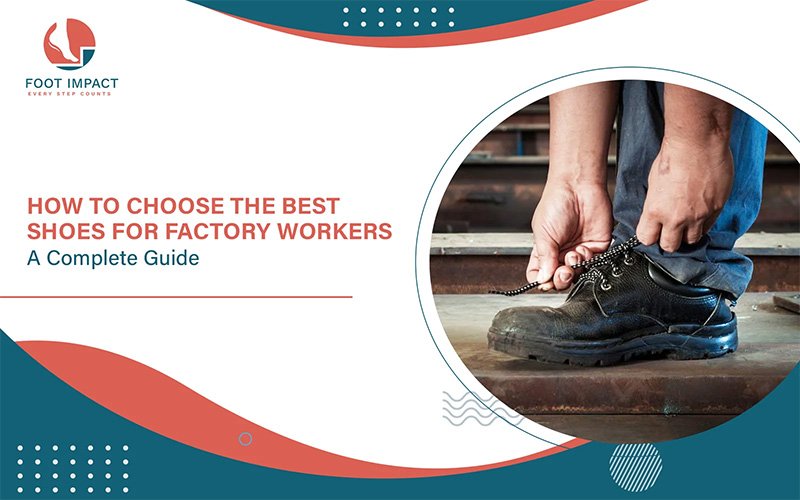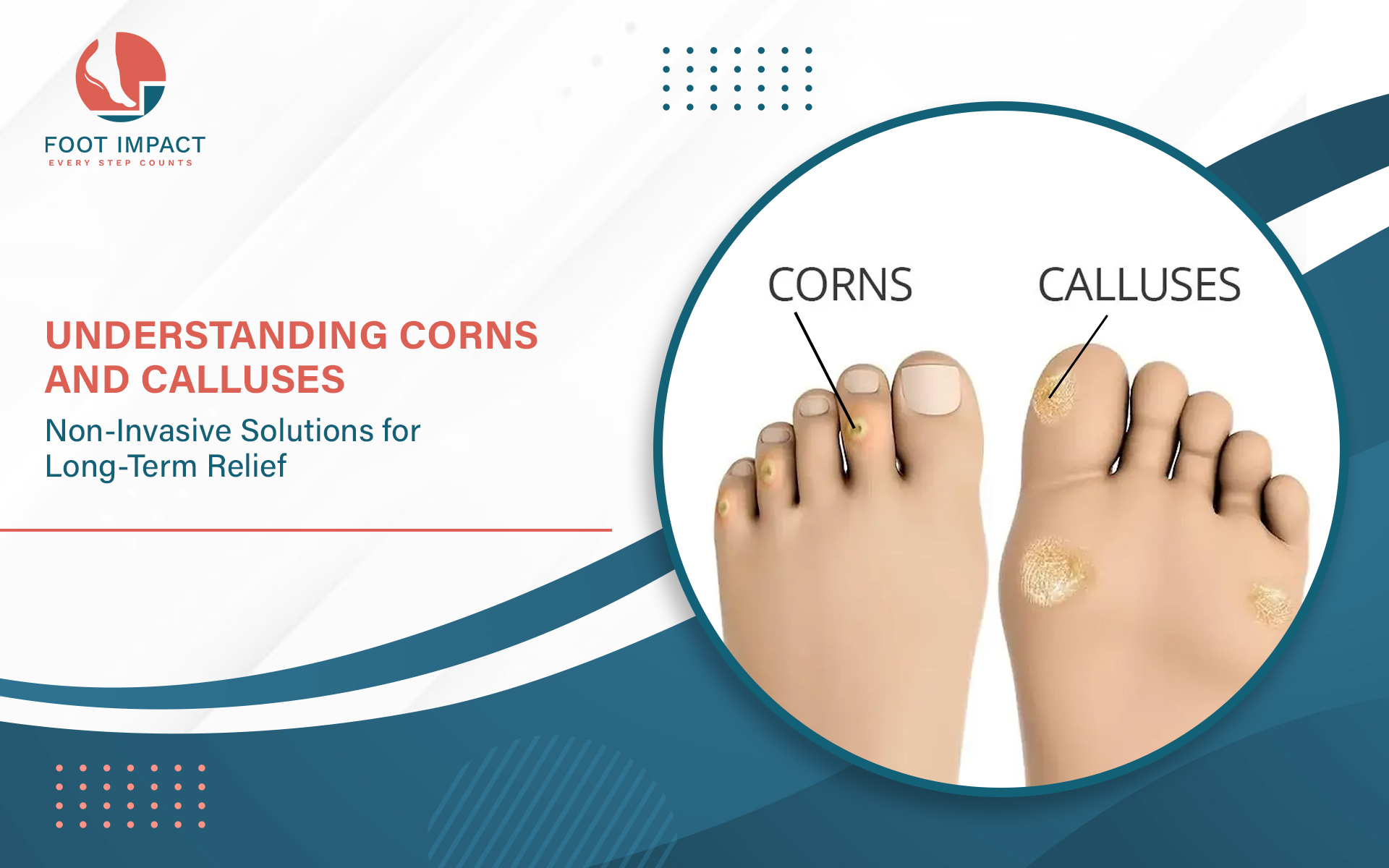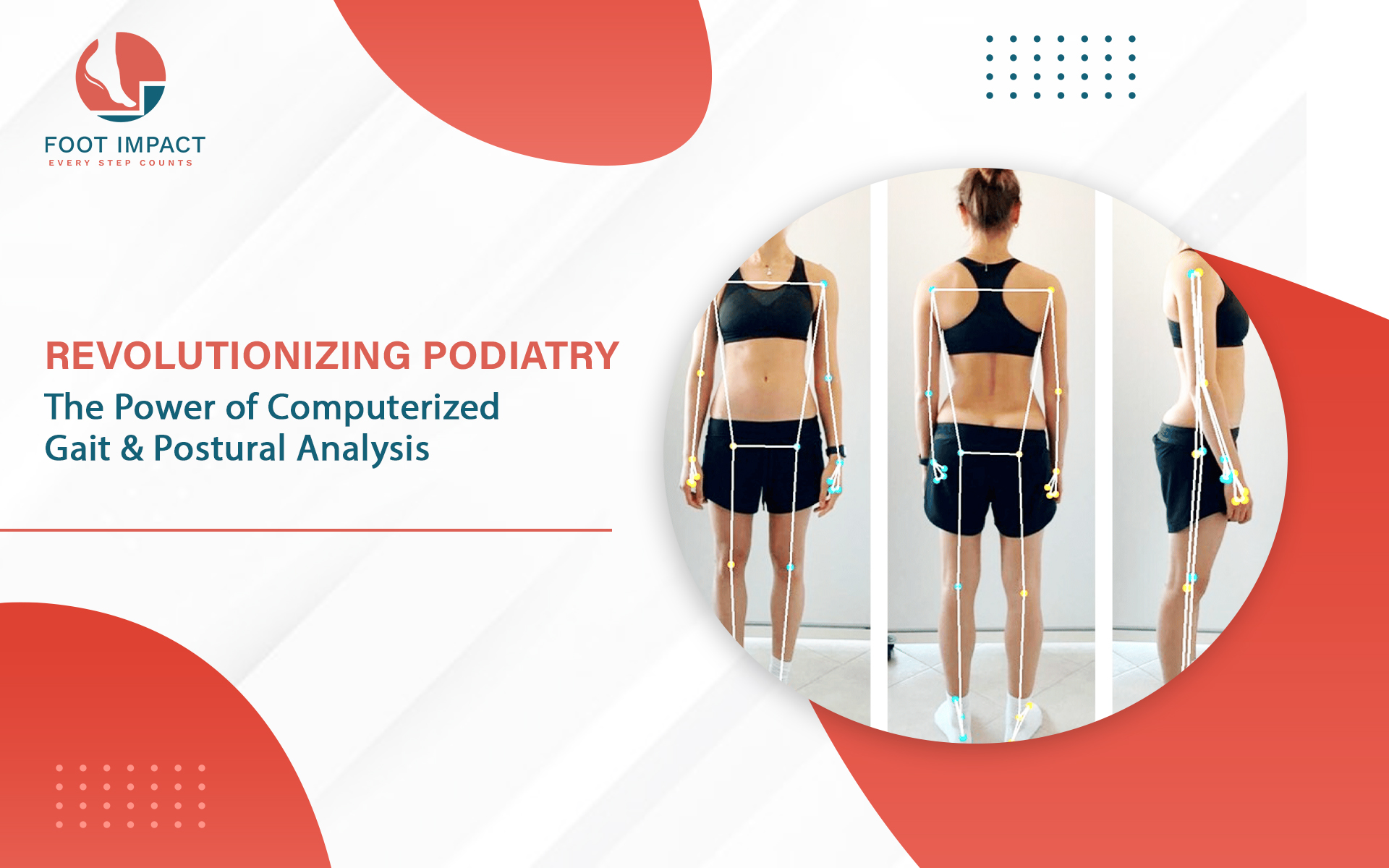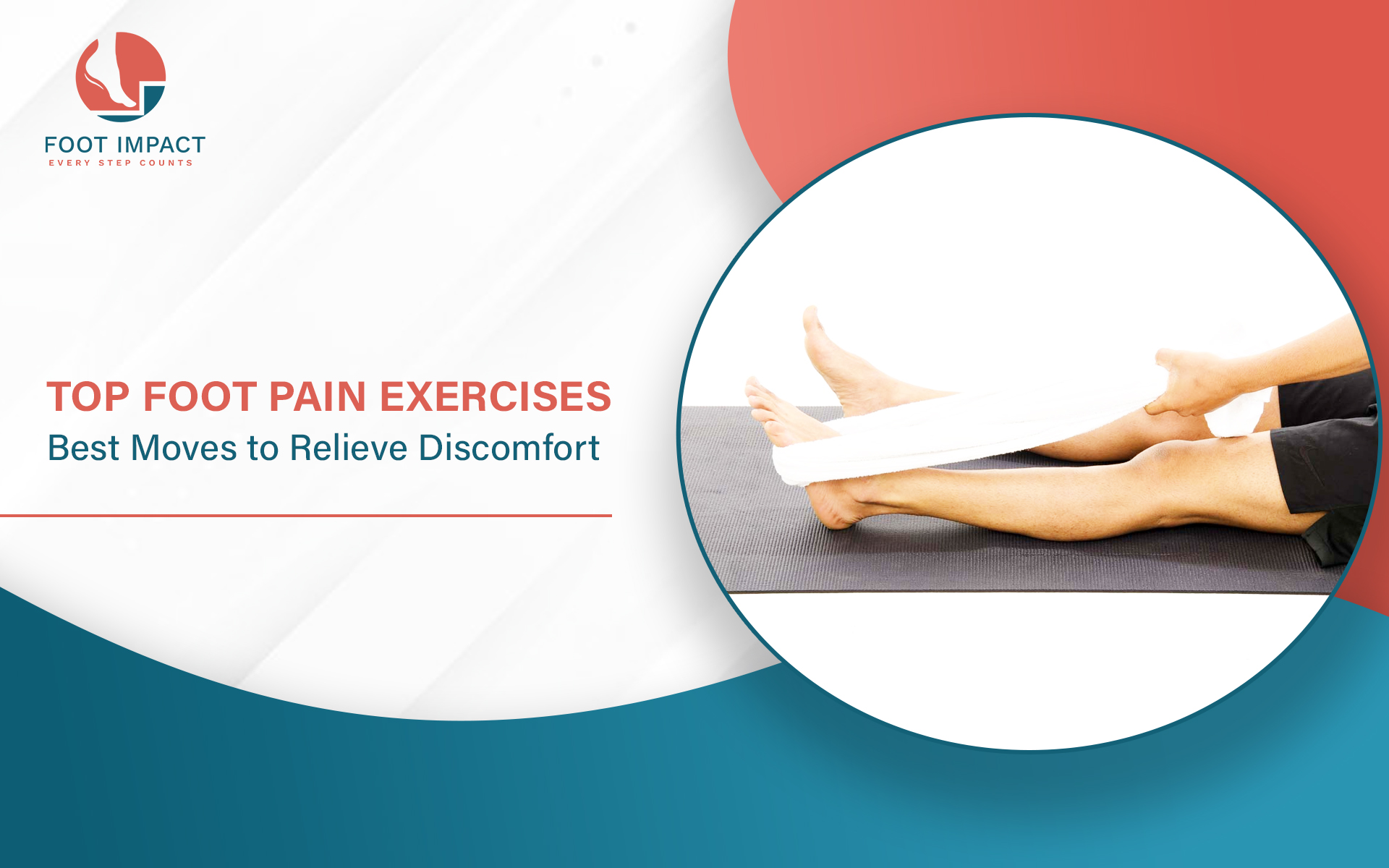How to Choose the Best Shoes for Factory Workers: A Complete Guide
When it comes to factory work, selecting the right shoes for factory workers is more than just a matter of comfort. The right footwear can make a significant difference in terms of safety, comfort, and long-term foot health. Factory workers often face long hours on their feet, exposure to hazardous environments, and the potential for injuries if they do not wear the proper shoes. In this guide, we’ll explore the key factors to consider when choosing the best shoes for factory workers to ensure they stay safe, comfortable, and productive.
1. Safety Comes First
Why Safety Features Matter
The shoes for factory workers must be able to protect against workplace hazards. Whether you’re working in a construction zone, a manufacturing plant, or a warehouse, safety should be the first priority when choosing work footwear.
Here are some safety features to look for:
Steel-Toe Caps: Shoes with steel-toe caps provide protection from falling objects, heavy machinery, and sharp debris. Many factories require this feature to meet safety standards.
Slip Resistance: Many factory floors are prone to spills and slick conditions. Shoes with slip-resistant soles can help prevent dangerous falls.
Puncture-Proof Soles: Workers walking on gravel, nails, or sharp objects benefit from puncture-resistant soles, which prevent injuries.
Electrical Hazard Protection: For workers exposed to electrical risks, shoes that are rated for electrical hazard protection provide an extra layer of safety.
Meeting Industry Standards
To ensure that shoes for factory workers provide maximum safety, look for footwear that meets safety standards. In the United States, the ASTM F2413 standard is commonly used, while in India, the IS:15298 standard ensures footwear meets minimum safety criteria.
Tip: Always check for certifications on the shoes you purchase to confirm that they meet the required standards for your specific factory environment.
2. Comfort for Long Shifts
Factory workers typically spend long hours on their feet, making comfort a crucial factor when choosing shoes. Poorly fitted or uncomfortable footwear can lead to a variety of issues, including foot pain, blisters, and fatigue.
Features to Prioritize for Comfort:
Cushioned Insoles: Shoes with memory foam or other cushioning materials reduce pressure on the feet and provide all-day comfort.
Arch Support: Proper arch support helps prevent foot fatigue and conditions such as plantar fasciitis. Look for shoes with built-in arch support or those that allow the addition of custom orthotics.
Breathable Materials: Factory workers are often exposed to hot, humid environments. Breathable materials like mesh or perforated leather help regulate temperature and prevent excessive sweating.
Lightweight Design: Lightweight shoes reduce the effort required to move, helping to combat fatigue during long shifts.
The Impact of Comfort on Productivity
Comfortable shoes directly impact a worker’s productivity. When workers experience foot pain or fatigue, it can affect their performance, leading to slower work, increased errors, or even absenteeism due to foot-related injuries.
Tip: Consider using custom orthotics if you experience chronic foot pain. Orthotics can improve comfort and support in any pair of shoes, making them ideal for factory workers.
3. Durability for Tough Environments
Factory environments are tough on footwear, and durability is key to ensuring that your shoes last as long as you need them to. Shoes for factory workers should be able to withstand harsh conditions, such as exposure to chemicals, oil, sharp objects, and heavy loads.
Key Durable Features:
Heavy-Duty Materials: Look for shoes made from high-quality leather or composite materials, which resist wear and tear and last longer than cheaper alternatives.
Reinforced Stitching: Durable shoes often feature reinforced stitching in high-stress areas to prevent seams from ripping.
Waterproofing: In environments where workers may be exposed to moisture or liquids, waterproof shoes will prevent wet feet and discomfort.
Oil-Resistant Soles: In industries where oil or grease is present, oil-resistant soles will keep workers from slipping and improve the longevity of the shoes.
Why Durability Matters
Investing in durable shoes for factory workers can save money in the long run. While they may cost more upfront, high-quality shoes will outlast cheaper alternatives and provide better protection over time.
4. Proper Fit and Sizing
Properly fitting shoes are essential for avoiding foot problems like blisters, bunions, and calluses. Poorly fitting shoes can also lead to long-term issues such as joint pain, back pain, and even musculoskeletal problems.
Tips for Ensuring the Right Fit:
Measure Your Feet: Feet change size over time, so it’s important to measure both feet before purchasing shoes. If one foot is larger than the other, always go with the larger size.
Check for Toe Room: There should be ample space for your toes to move freely; ensure a minimum of half an inch of space between the tip of your longest toe and the shoe's end.
Heel Fit: The heel of your shoe should fit snugly without slipping or rubbing. A loose heel can cause blisters, while a tight heel can lead to pain and discomfort.
Width: Many shoe brands offer different width options. Ensure you choose the correct width for your foot type to prevent discomfort.
The Consequences of Poor Fit
Wearing poorly fitting shoes for factory workers can lead to a variety of foot problems:
Blisters and calluses
Foot fatigue
Bunions or hammertoes
Joint pain
Back pain
5. Breathability and Material
Breathability is an often-overlooked feature in shoes for factory workers, but it plays a crucial role in maintaining foot health. Factory workers are often on their feet for hours in environments that can be hot, damp, or humid.
Features That Enhance Breathability:
Mesh Uppers: Mesh uppers allow air to flow freely around the foot, reducing sweating and moisture buildup.
Perforated Leather: Leather shoes with perforated designs also promote airflow while providing the durability and support of traditional leather.
Moisture-Wicking Linings: Some shoes come with moisture-wicking linings to keep feet dry and comfortable throughout the day.
Why Breathability Matters
Breathable materials not only keep your feet comfortable but also help prevent fungal infections such as athlete’s foot and reduce odor.
6. Regular Maintenance
Taking care of your shoes for factory workers ensures they last longer and continue to provide support and safety. Regular maintenance can prevent premature wear and tear, extend the lifespan of your footwear, and ensure that your shoes remain effective in protecting your feet.
Maintenance Tips:
Clean Your Shoes Regularly: Dirt, oil, and moisture can degrade the material of your shoes over time. Regular cleaning helps prevent this damage.
Check for Damage: Regularly inspect your shoes for signs of damage, such as worn-out soles, loose stitching, or damaged toe caps. Replace shoes when necessary.
Condition Leather: If your shoes are leather, apply a leather conditioner periodically to prevent cracking and maintain flexibility.
Dry Properly: Avoid drying shoes on direct heat sources. Allow the shoes to air dry to preserve their shape and materials.
Conclusion
Choosing the best shoes for factory workers is an investment in your long-term foot health, safety, and productivity. By considering factors such as safety features, comfort, durability, fit, breathability, and maintenance, you can ensure that your footwear supports you throughout the workday and beyond. Don’t overlook the importance of proper footwear—whether you’re in construction, manufacturing, or any other factory setting, the right shoes can make all the difference.
Remember, comfort and safety go hand-in-hand. With the right shoes for factory workers, you can prevent injuries, enhance your performance, and keep your feet feeling great even after the longest shifts.



